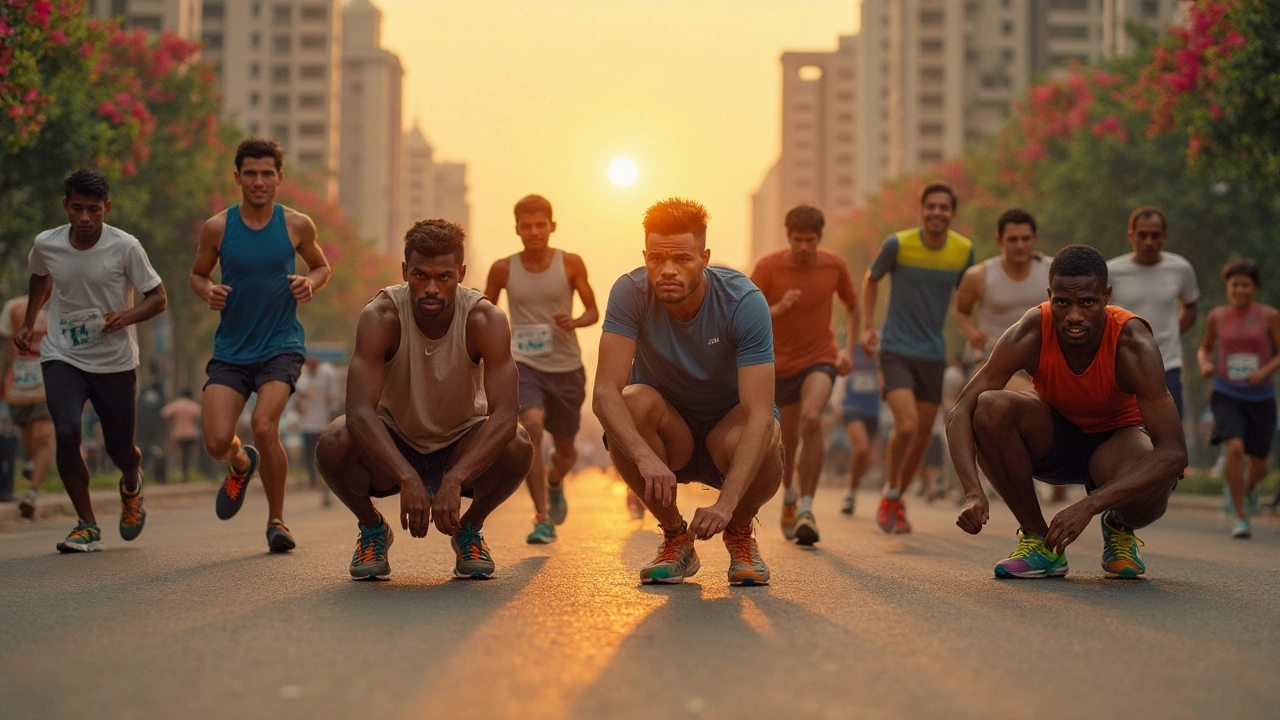Why Cushioning Matters in Every Sport
Ever wonder why some shoes feel like you’re running on clouds while others feel like stepping on concrete? That’s cushioning at work. It’s not just a comfort perk; it’s a key player in reducing impact forces, protecting joints, and actually helping you move faster.
How Cushioning Reduces Impact
When your foot hits the ground, the force can be up to three times your body weight. Good cushioning absorbs that shock, spreading the load across a larger area. Think of it like a spring in a car: it smooths out bumps so you don’t feel every little pothole. The result? Less stress on knees, hips, and lower back, which means lower injury risk and longer training sessions.
Choosing the Right Cushion for Your Sport
Not all cushioning is created equal. Runners usually need a mix of soft foam for comfort and firmer zones for stability. Runners who log high mileage often pick shoes with a responsive midsole that bounces back quickly. For high‑impact sports like boxing or rugby, you’ll see padding in gloves, helmets, and even training mats—each designed to soak up blows and keep you on your feet.
If you’re buying running shoes, start by checking the midsole material. EVA foam gives a plush feel, while TPU inserts add spring. Look for a heel-to-toe drop that matches your stride; a larger drop can help heel‑strikers, while a lower drop suits mid‑foot runners. Also, pay attention to the outsole—rubber patterns affect grip, but a thick outsole can add extra cushioning for trail runs.
For gym gear, consider the surface you train on. Hardwood floors are great for weightlifting but can be unforgiving on joints during cardio. A simple rubber mat adds a thin cushioned layer that protects your spine and wrists without sacrificing stability.
When it comes to protective gear, fit matters more than the amount of padding. A well‑fitted boxing glove distributes impact evenly, while an oversized glove can shift the force to the wrist. The same rule applies to helmets—make sure the inner padding conforms to your head shape.
Don’t forget about the hidden cushioning in equipment like levers, pulleys, and even bike frames. Simple machines use built‑in shock absorbers to make movements smoother, a concept you’ll see in “Simple Machines in Sports” articles that break down how physics boosts performance.
Maintenance also plays a role. Foam degrades over time, especially if you expose it to heat or moisture. Swapping out old shoes every 300‑500 miles keeps the cushioning effective and prevents you from running on a worn‑out spring.
Finally, listen to your body. If you start feeling sore after a workout, the cushioning might not be doing its job. Adjust your gear, try a different shoe model, or add an extra mat under your workout space. Small tweaks can make a huge difference in comfort and performance.
Bottom line: cushioning is the silent hero behind every good sport experience. Whether you’re lacing up for a marathon, stepping into a boxing ring, or just hitting the gym, the right amount of cushioning keeps you moving, reduces injury risk, and makes every session feel a little easier. Choose wisely, maintain regularly, and let the cushion do its job.
